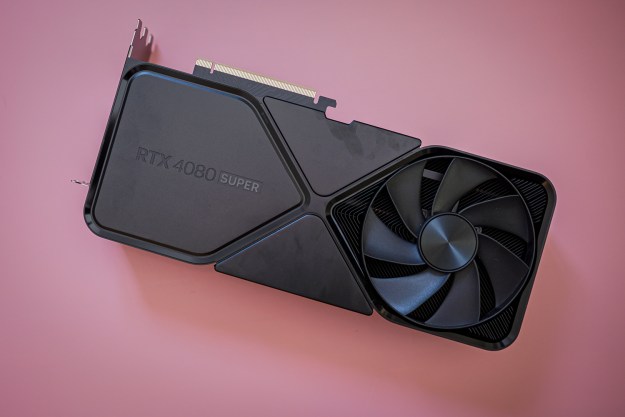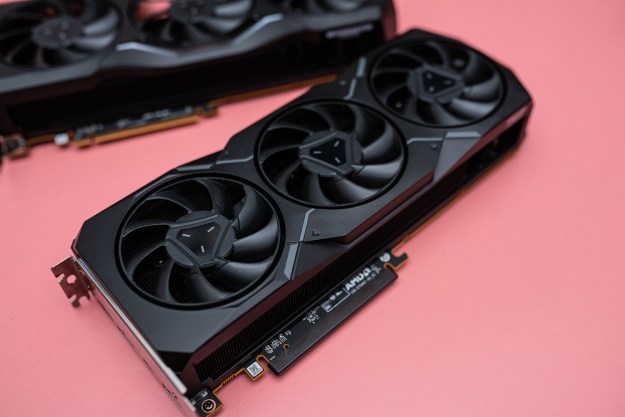It seems that cryptocurrency mining enthusiasts found yet another way to bypass Nvidia’s Lite Hash Rate limiter (LHR) technology, although this time, it doesn’t involve using any new software.
Custom versions of the RTX 3060 have surfaced on the second-hand market in China. The GPUs, presumably not endorsed by Nvidia, retain their full mining power — all thanks to the chip that was used in their creation.

The graphics cards appeared on sale on Goofish, a Chinese second-hand re-selling platform, and were first shared on cnBeta. There is no telling which company stands behind the custom GPUs, but their mining prowess has been proven. In order to sidestep Nvidia’s anti-mining measures, the creators of the RTX 3060 had to get creative by turning a laptop version of the GPU into a full-blown desktop graphics card.
This version of the RTX 3060 uses the GA106 die that the mobile versions of the GPU are based on. This means that it most likely comes with 30 stream multiprocessors (SMs) and 3,840 CUDA cores. On the other hand, the card takes a big hit where memory capacity is concerned, scaling down from 12GB of GDDR6 memory in the desktop version to just 6GB in the laptop version. The custom GPU also has a lower TDP than the regular RTX 3060.
In a laptop, these graphics cards would likely not show a lot of mining potential, but repurposing them as desktop GPUs seems to create a capable mining tool. The seller showed off how well the card performs in mining Ethereum through several screenshots. The custom RTX 3060 managed to hit a hash rate of up to 50MH/s, which is much more than the LHR version of the GPU that caps out at 34MH/s. The cards were also shown off as part of a small mining system, with nine GPUs working together to achieve a total hash rate of 246.8MH/s. This consumed almost 1,000 watts of power.

Re-using a mobile chip to create a desktop graphics card is not a novel idea — AMD has done this just recently with its latest Radeon RX 6500 XT
On the surface, the new RTX 3060 looks very legit and could fool just about anyone — it has a black shroud and a dual-fan cooling system. It comes with an HDMI port and has a matching backplate that even has some Nvidia stickers. However, as Tom’s Hardware points out, the Nvidia label on the GPU is slightly different in color compared to what you’d expect from a real GPU.
The graphics card is a fake, there is no way around that, but it’s unlikely to have been made by a single computer enthusiast, as that is quite a big undertaking. However, there is no information as to what brand stands behind these custom GPUs. Priced at $545 to $570 on the Chinese market, the modified GPUs may sound like a good deal, but they only really serve one purpose — mining Ethereum, which is exactly what Nvidia tried to make sure they wouldn’t do.
Editors' Recommendations
- Don’t buy the RTX 3060 in 2024
- You shouldn’t buy these Nvidia GPUs right now
- Using an RTX 3060? Here’s the GPU to upgrade to next
- CableMod’s adapters damaged up to $74K worth of Nvidia GPUs
- Nvidia just fixed a major issue with its GPUs





